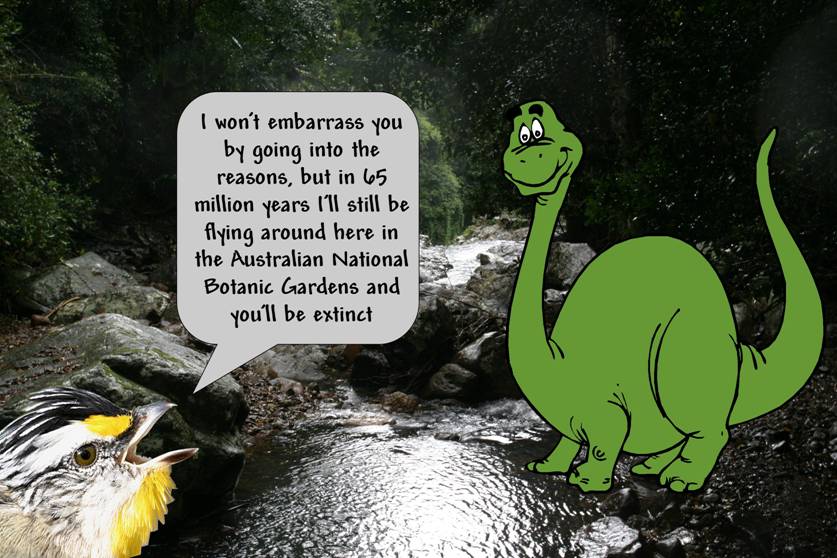Analysis
of computer tomography (CT) scans of fossilised bird skulls shows they had a more
developed, larger brain than previously thought.
‘Birds
today are the direct descendents of the Cretaceous extinction survivors, and
they went on to become one of the most successful and diverse groups on the
planet,’ says Natural History Museum palaeontologist (fossil expert), Dr Stig
Walsh.
‘There
were other flying animals around, such as pterosaurs and older groups of
birds,’ says Dr Walsh, ‘but we’ve not really known why the ancestors of the
birds we see today survived the extinction event and the others did not. It has
been a great puzzle for us – until now.’
A
larger and more complex brain may have given them a competitive advantage over
the other more ancient birds and pterosaurs, helping them to better adapt when
the environment changed after the mass extinction event.

